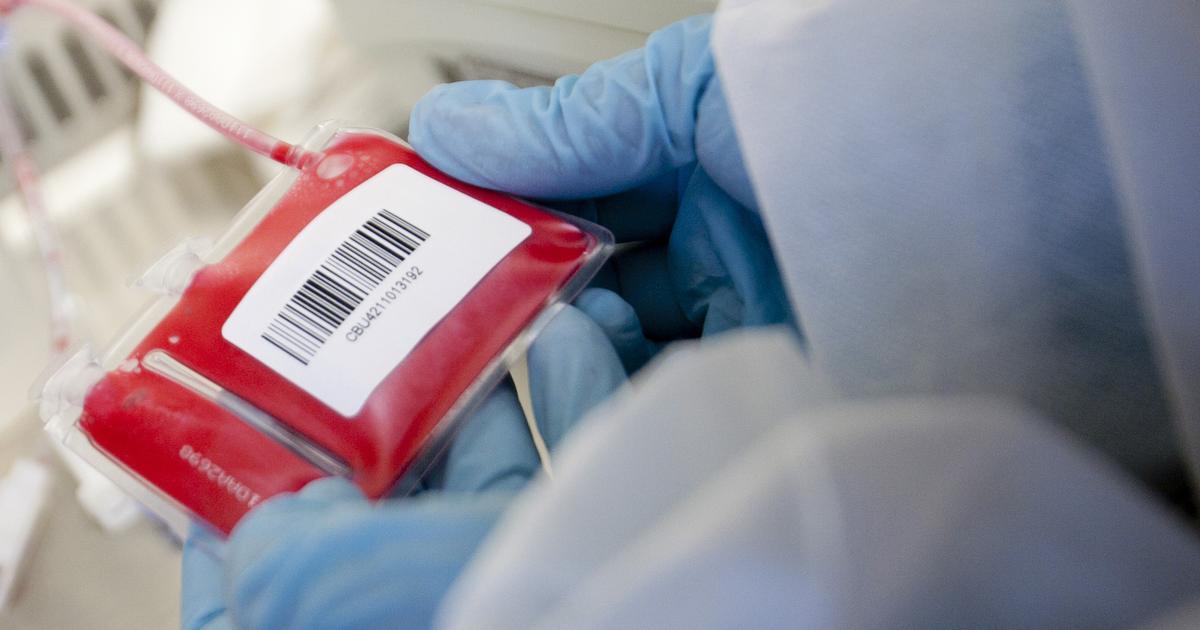Guide To Understanding Stem Cells
All of the cells in an individual's body have a specific purpose once they have matured and differentiated into different types of tissues in different locations. Stem cells serve as the blank template for cells, as they are undifferentiated until they are needed for a specific tissue in the body. Stem cells can divide into other stem cells as well as the ability to become differentiated cells like brain, blood, and muscle cells. In tissues with regeneration benefits, stem cells are imperative because they replace dead cells. Stem cells are present in the brain, blood vessels, skin, gut, teeth, liver, bone marrow, skeletal muscle, teeth, liver, and other organs. Stem cells are also present within the fluid that surrounds a fetus in an amniotic sac. Stem cells are beneficial to help researchers understand more about how an organism forms from one cell and how defective cells are replaced by healthy cells in animals and humans.
Get the facts on stem cells now.
Types Of Stem Cells
There are two primary classifications for stem cells: embryonic stem cells and adult stem cells. Embryonic stem cells are taken from unused embryos resulting from in vitro fertilization that have been donated to science. Embryonic stem cells can differentiate into any type of cell, or are considered pluripotent. Adult stem cells are further categorized into stem cells found in an individual's fully developed tissues and induced pluripotent stem cells. Adult stem cells found in the brain, bone marrow, and skin tissues that are fully developed are not abundant in the body. These stem cells tend to only differentiate into cells that are part of the same type of tissues that make up the organ they came from. Induced pluripotent stem cells are a form of adult stem cells that have been sent to a laboratory environment where they have been changed, altered, or manipulated to take on the same properties and characteristics of embryonic stem cells. Pluripotent adult stem cells have been reprogrammed to function the same way as embryonic stem cells.
Get familiar with the sources of stem cells next.
Sources Of Stem Cells

Several dependable sources of stem cells are utilized in medicine today. One of the most useful sources of stem cells discovered to date is those found in umbilical cord blood discarded as human waste. Blood stem cells or hematopoietic stem cells are abundant in umbilical cord blood and are easy to collect. Another source used when the umbilical cord blood is not accessible is stem cells in the bone marrow. This source of stem cells can be costly because it requires a procedure for the donor collection of the bone marrow, as well as for the individual receiving the stem cells. While the process of using stem cells taken from bone marrow is not easy or convenient, its benefits do outweigh its difficulties. The recent discovery of stem cells in human teeth has led to using the teeth as a source for specialized stem cells referred to as mesenchymal stem cells. Mesenchymal stem cells are not limited to what type of cell they can differentiate into and may give rise to any type of cell found in the body. The extraction process of stem cells from teeth is easy and the most cost-effective way to obtain mesenchymal stem cells.
Uncover information about uses for stem cells now.
